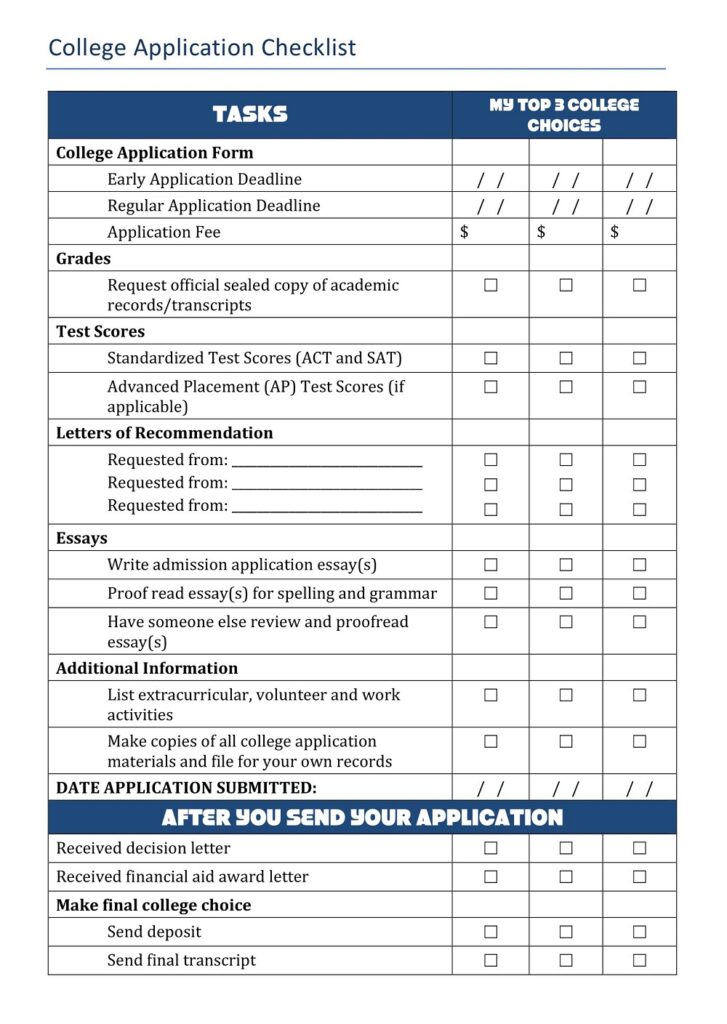Green Program Paperwork Criteria: Simplify Your Application Process

Applying for green programs can be an exciting opportunity to reduce your carbon footprint, enhance sustainability, and often, reap financial benefits or recognition. However, the paperwork involved can sometimes seem daunting. Understanding the Green Program Paperwork Criteria is essential to streamline your application process, making it more manageable and significantly increasing your chances of approval. This guide will walk you through the essential documents, tips for organizing them, and common pitfalls to avoid.
The Essential Documentation

Green programs, whether they’re for environmental rebates, sustainable business practices, or residential energy efficiency upgrades, typically require a set of standard documents. Here’s a breakdown:
- Application Form: This is the starting point. Fill it out accurately and completely.
- Proof of Ownership or Authorization: If the property or business is not registered under your name, ensure you have legal authorization to make changes.
- Environmental Impact Assessment: Some programs require an upfront analysis of how the proposed changes will impact the environment.
- Plan of Action: Detail what you intend to do, including any retrofits, energy-saving devices, or sustainable practices.
- Project Budget: Provide a breakdown of costs, often with quotes from suppliers or contractors.
- Eligibility Documents: These might include business licenses, tax records, or certifications relevant to green practices.
- Consent Forms: For projects involving public spaces, consent from local authorities or neighbors might be required.
Organizing Your Application

An organized application can make all the difference. Here are steps to ensure your documents are in order:
- Checklists: Use or create a checklist tailored to the specific program you’re applying for.
- Categorize Documents: Keep similar documents together; for example, all financial documents in one folder, permissions in another.
- Digital Copies: Scan and keep digital copies, which can be handy for quick reference or in case of loss.
- Deadlines: Mark all deadlines on a calendar, including submission and any preliminary steps like site inspections or assessments.
Common Mistakes to Avoid

Here are some common pitfalls that can delay or even disqualify your application:
- Incomplete or Incorrect Forms: Double-check every field for accuracy.
- Missing Documentation: Ensure all required documents are included. Missing one can lead to rejection.
- Unrealistic Projections: Overly optimistic cost savings or unrealistic timelines can appear misleading.
- Lack of Follow-Up: Keep track of your application status and respond promptly to any queries from the program administrators.
Understanding the Review Process

Knowing how your application will be assessed can give you an edge:
- Initial Screening: Applications are first checked for completeness and eligibility.
- Technical Review: A detailed review to ensure your project’s feasibility and environmental impact.
- Financial Assessment: Reviewers will scrutinize your budget to ensure it’s realistic and all costs are accounted for.
- Final Approval: After all reviews, your application goes through a final approval stage, where decisions are made.
💡 Note: Keep in mind that programs might have unique criteria or stages. Always check the program’s specific guidelines.
In summary, while the paperwork for green programs can be intricate, understanding and preparing the right documentation can greatly enhance your application’s success. Remember to fill out all forms accurately, keep your documents organized, and avoid common mistakes like missing deadlines or incomplete submissions. By being thorough and proactive, you’re not just applying for a program; you’re making a commitment to sustainability and environmental stewardship.
What if I don’t have all the required documents?

+
If you’re missing documents, first determine if they can be acquired before the application deadline. If not, consider contacting the program administrators for advice or possible alternatives.
Can I submit my green program application digitally?

+
Many programs now allow digital submissions. Check the program’s guidelines to see if digital submissions are accepted and what format they should be in.
How long does the application process usually take?

+
The duration varies by program, but expect anywhere from a few weeks to several months, depending on the complexity of your project and the review stages involved.
Is there a cost associated with applying for green programs?

+
Some programs might have an application fee, while others are free. Always read the program details to understand any financial obligations before you apply.